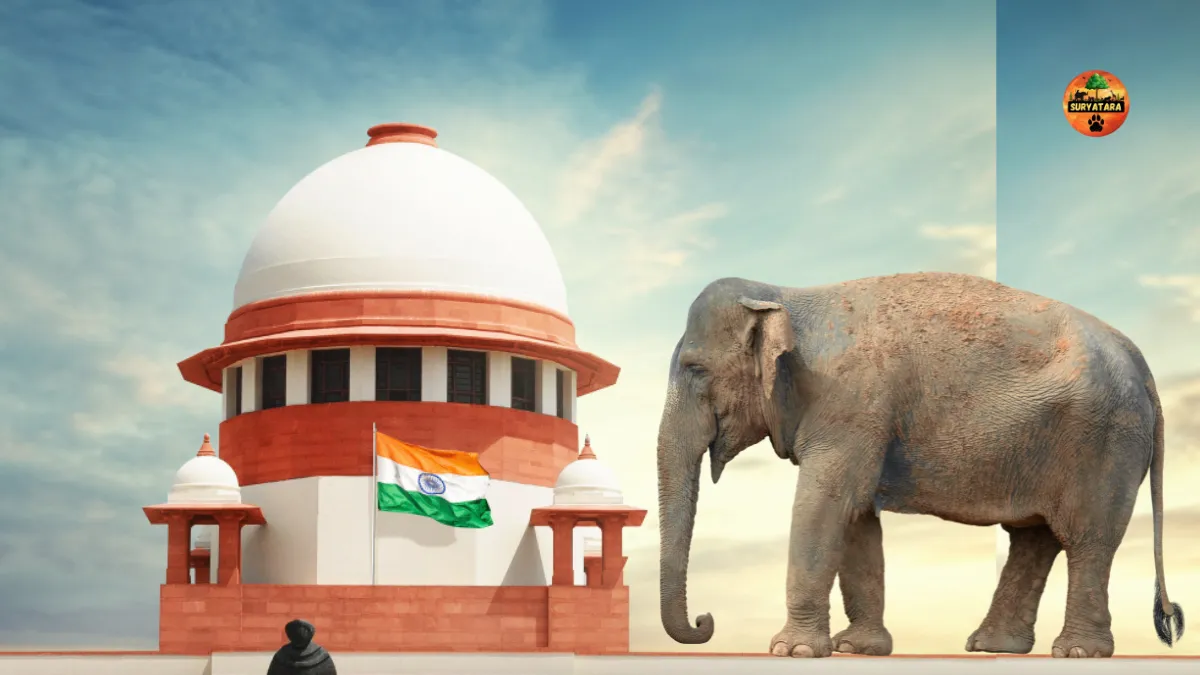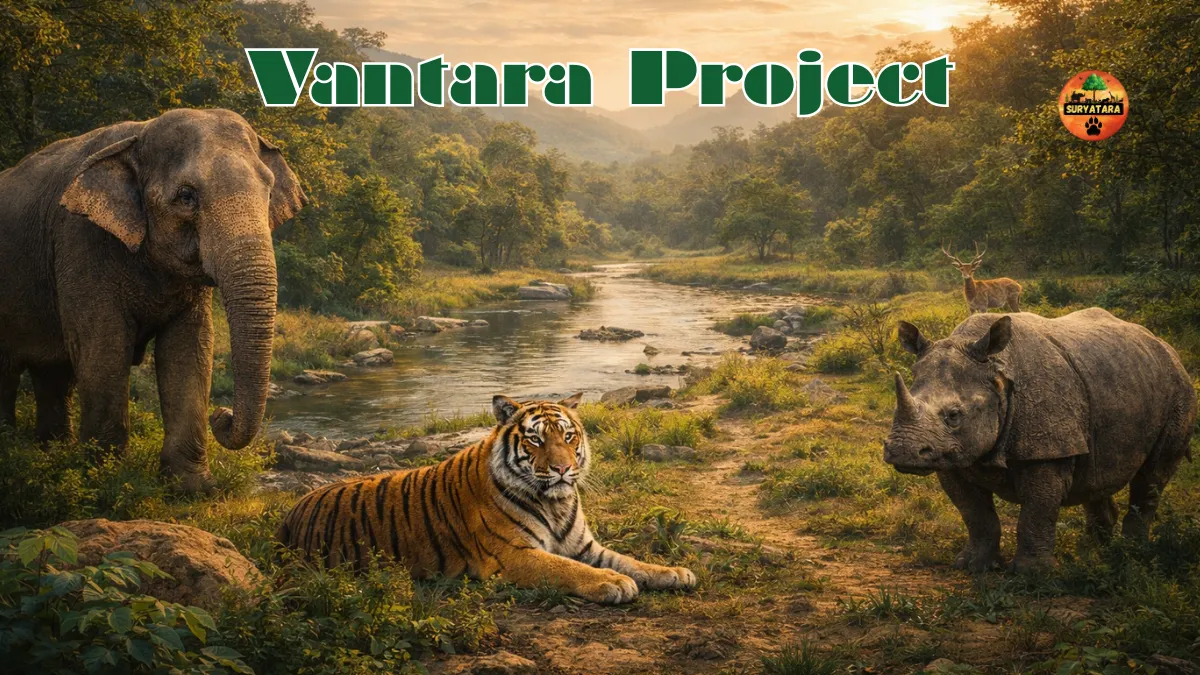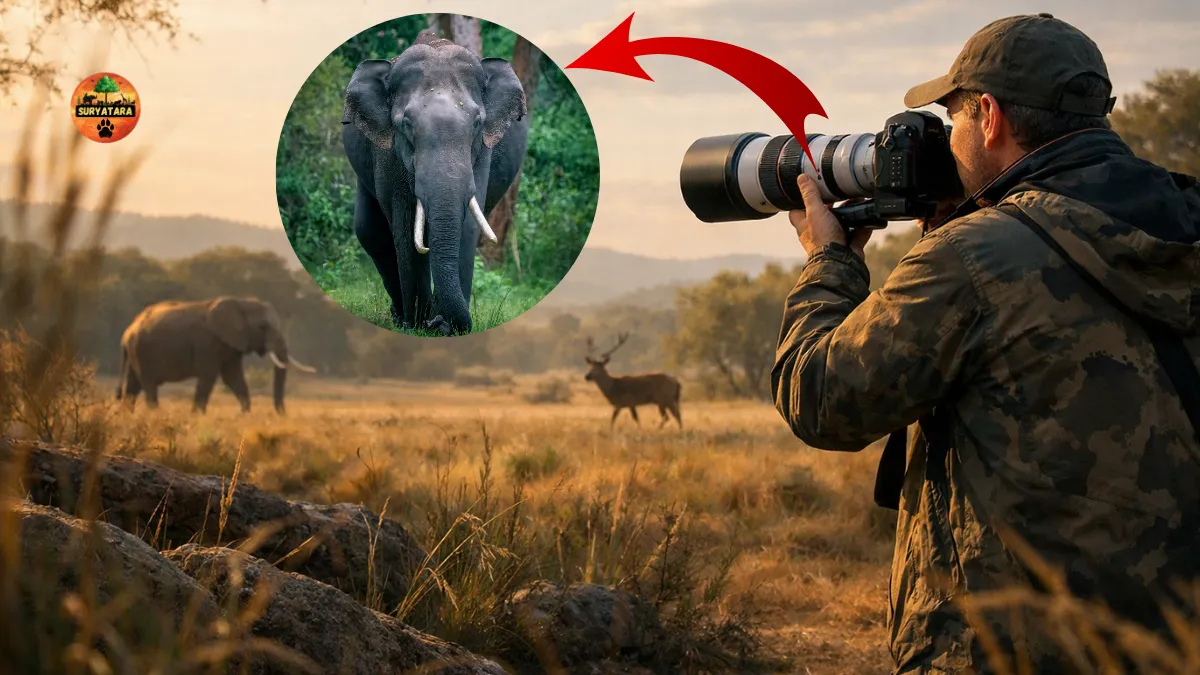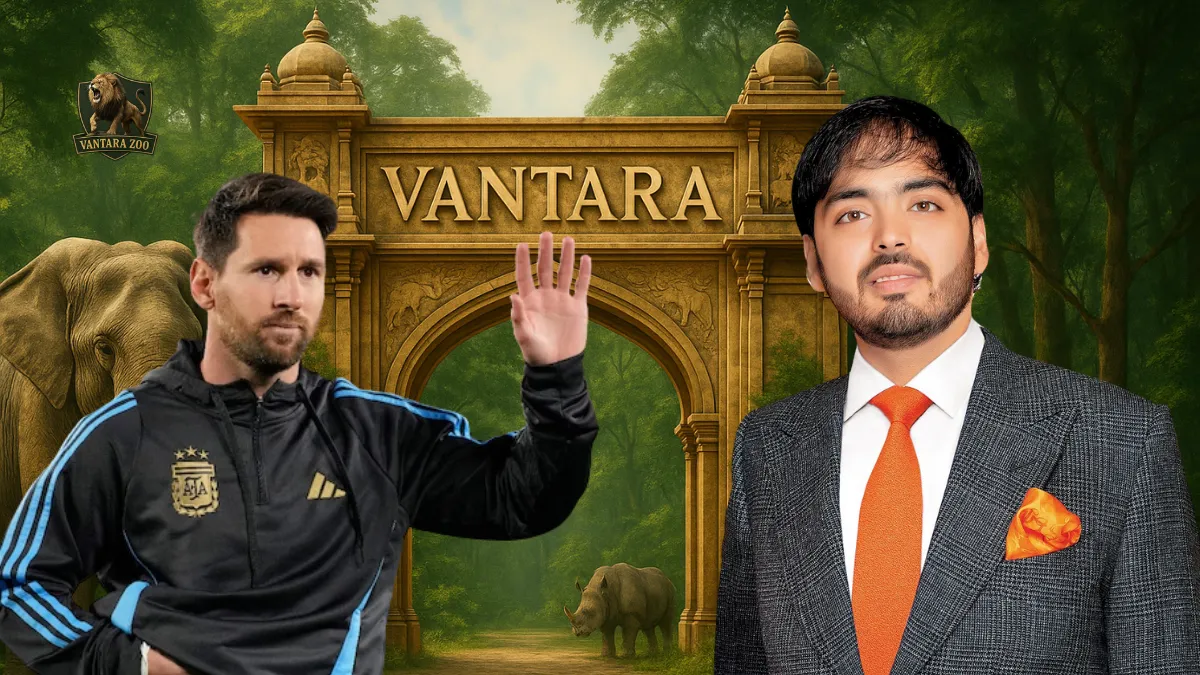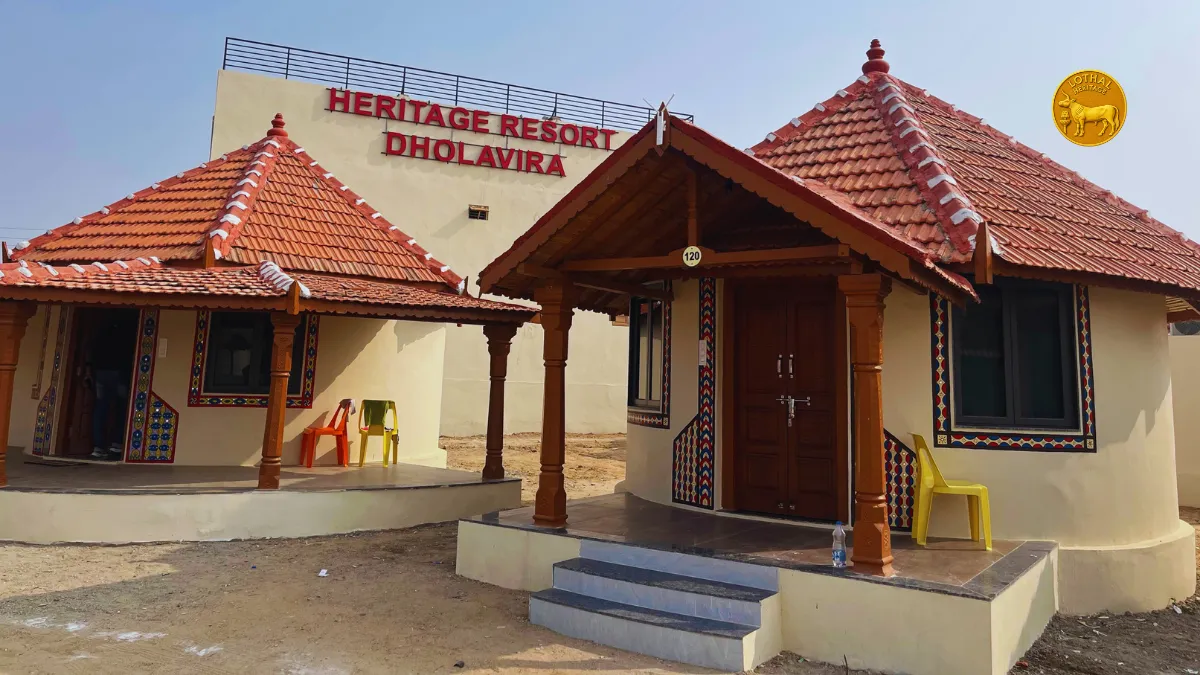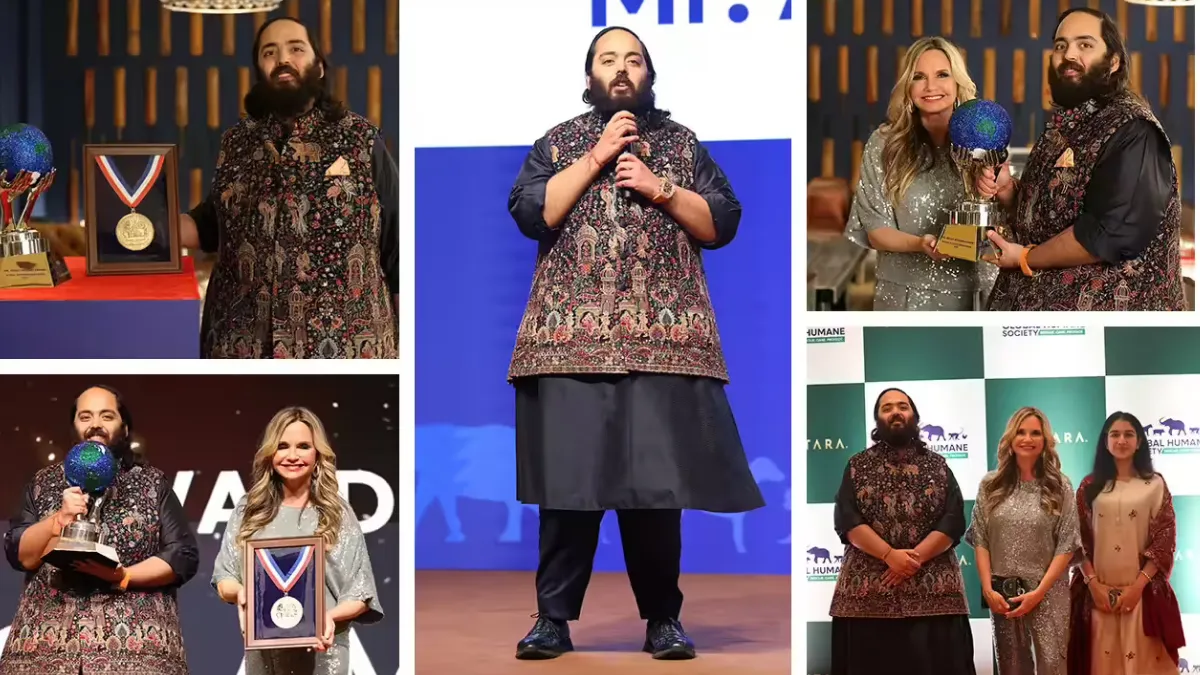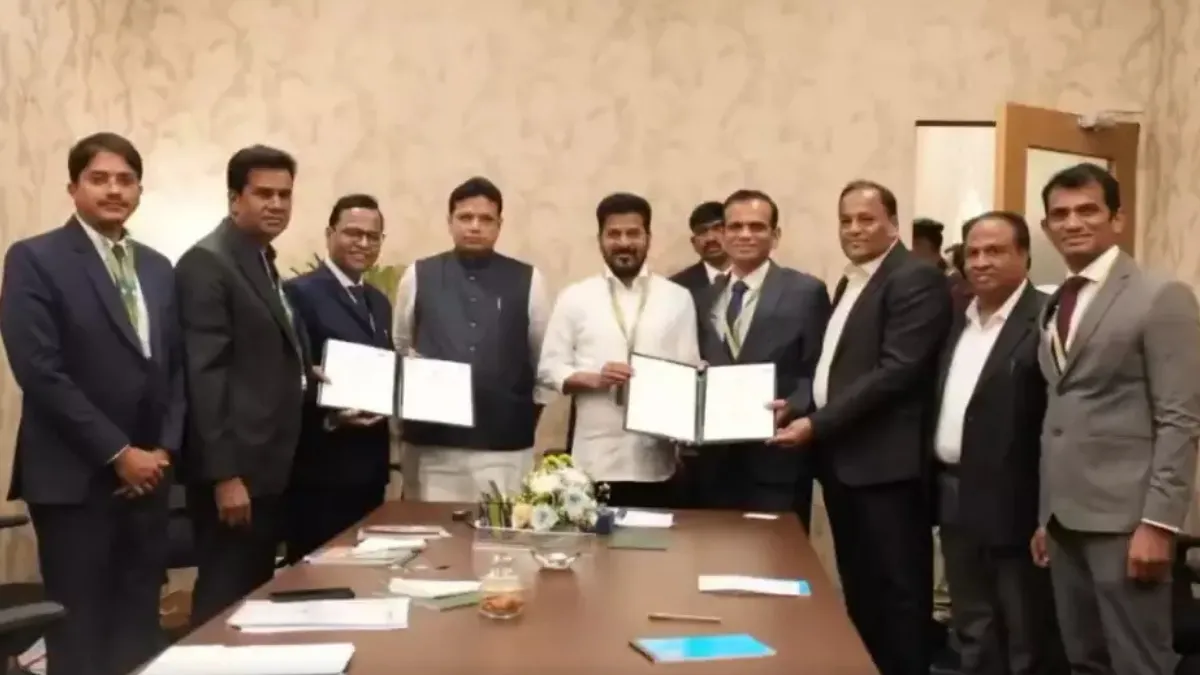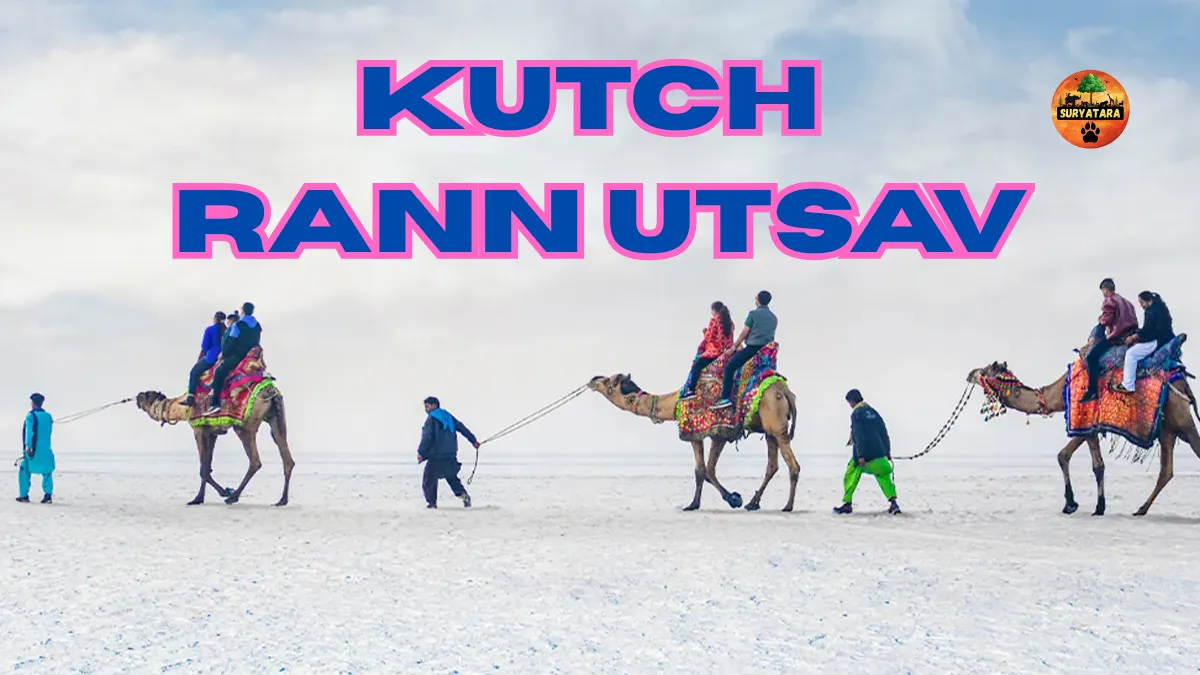Elephant Mahadevi: The Supreme Court of India on Thursday delivered sharp observations on two separate but high-profile petitions — one concerning the operations of Vantara, a wildlife rescue and conservation centre in Jamnagar, and the other challenging the transfer of Elephant Mahadevi from a Kolhapur temple to the same facility. The court termed both petitions “vague” but gave the petitioners a final opportunity to amend their pleadings. Both matters are now scheduled for a combined final hearing on August 25, 2025.
A division bench comprising Justice Pankaj Mithal and Justice Prasanna B. Varale heard the matters, which have drawn nationwide attention from animal rights activists, temple authorities, legal experts, and wildlife conservationists.
Two Petitions, One Common Destination – Vantara
The court was dealing with:
- W.P.(C) No. 783/2025 – C.R. Jaya Sukin v. Union of India & Ors.
Allegations of illegalities in the functioning of Vantara and its parent trust, demanding strict investigations and remedial measures. - W.P.(C) No. 779/2025 – Dev Sharma v. Union of India
A challenge to the controversial transfer of Elephant Mahadevi, also known as Madhuri, from a Kolhapur Jain temple to Vantara in Jamnagar.
While both petitions differ in scope, they converge on a central theme — scrutiny of Vantara’s operations and the legitimacy of recent wildlife transfers.
First Petition – Alleged Violations at Vantara
The first writ petition, filed by C.R. Jaya Sukin, seeks an extensive probe into alleged violations of wildlife, biodiversity, and environmental laws at Vantara. The petitioner’s key demands include:
- Constitution of a monitoring committee to investigate all alleged irregularities.
- Return of all captive elephants at Vantara to their original owners.
- Rescue and release of wild animals and birds back into their natural habitats.
- Invalidation of the High-Power Committee formed by the Tripura High Court.
- Investigation of wildlife imports since 2020 by Vantara and the Radha Krishna Temple Elephant Welfare Trust.
- Verification of CITES permits and gene bank claims.
- Scrutiny of breeders and source country clearances.
- Examination of compliance with the Biological Diversity Act, 2002, and international treaties like CITES and the Convention on Biological Diversity.
Pending such investigations, the petition also seeks:
- A ban on further imports of exotic and endangered species.
- A freeze on all animal transfers to and from Vantara.
- A halt to physical expansion of Vantara facilities until environmental and biodiversity clearances are granted.
The plea further asks for public disclosure of crucial records, including import permits, quarantine protocols, environmental impact assessments (EIA), animal inventories, and recognition documents from the Central Zoo Authority (CZA).
Court’s Concerns on Vagueness
Justice Pankaj Mithal observed that the petition contained serious allegations against individuals and entities who had not been made parties to the case. “You implead them and then come back to us, we will see,” Justice Mithal stated, instructing the petitioner to add Vantara as a respondent and submit an amended petition within five days.
The bench questioned why the petitioner had approached the Supreme Court directly under Article 32 without first seeking remedies before appropriate authorities. Justice Mithal remarked that the petition, in its present form, was “completely vague”.
Second Petition – Dispute Over Elephant Mahadevi’s Transfer
The second petition, filed by Dev Sharma, targets the transfer of Elephant Mahadevi from the Swastishri Jinsen Bhattarak Pattacharya Mahaswamy Sanstha in Nandani village, Kolhapur, to the Vantara facility.
Mahadevi, also called Madhuri, had lived at the Kolhapur Jain shrine for over 30 years. In July 2025, the Bombay High Court upheld the recommendation of a High-Power Committee to transfer the elephant due to her deteriorating health, prioritising her welfare over the shrine’s religious sentiments.
Supreme Court’s Observations
Justice Mithal asked the petitioner whether they had first approached the CZA, pointing out gaps in facts and legal grounds in the petition. He cautioned:
“When you file a petition you should be fully prepared… be careful that you are here under Article 32.”
When the petitioner’s counsel cited media reports as supporting evidence, the bench suggested that such material should be part of a formal representation to the relevant authority, rather than forming the basis of a constitutional petition.
The petitioner also highlighted the lack of a regulator for the gene bank, calling it a “legal vacuum” that needs to be addressed.
Past Legal Journey of Mahadevi
The Bombay High Court dismissed the shrine’s challenge to the High-Power Committee’s decision, citing veterinary reports indicating that Mahadevi’s health was in decline. Following this, on July 28, 2025, a Supreme Court bench led by Justice J.B. Pardiwala and Justice R. Mahadevan upheld the High Court’s decision and ordered her transfer to be completed at the earliest with strict safety protocols.
The ruling sparked public protests in Kolhapur, with several groups demanding that Mahadevi be returned. In response, Maharashtra Chief Minister Devendra Fadnavis announced that the state would support the shrine in filing a review petition before the Supreme Court.
Key Issues Raised in Both Petitions
| Issue | First Petition (C.R. Jaya Sukin) | Second Petition (Dev Sharma) |
|---|---|---|
| Main Focus | Alleged illegal operations at Vantara | Legality of Elephant Mahadevi’s transfer |
| Relief Sought | Monitoring committee, return of animals, halt on expansion | Reversal of transfer order |
| Legal Provisions Cited | Biological Diversity Act, 2002; CITES; Convention on Biological Diversity | Wildlife Protection Act; Constitutional rights |
| Court’s Concern | Vagueness, lack of proper respondents, bypassing lower authorities | Incomplete facts, reliance on media reports |
| Next Step | Amend petition, add Vantara as respondent | Amend petition with complete details |
Upcoming Combined Hearing – August 25, 2025
Both petitions have now been tagged together for final hearing on August 25, 2025. The Supreme Court has given the petitioners one week to file amended pleadings with all necessary respondents included and facts clearly presented.
The bench’s firm stance indicates that future wildlife-related litigations must be well-prepared, factually detailed, and supported by proper documentation before invoking Article 32 jurisdiction.
Why This Case Matters
The legal tussle over Vantara and Elephant Mahadevi is more than just a courtroom battle. It touches upon:
- Wildlife welfare vs. cultural traditions – balancing animal rights with religious and community sentiments.
- Regulatory oversight – the role of statutory bodies like the CZA and the gaps in regulation for emerging areas like gene banks.
- International commitments – ensuring compliance with treaties like CITES and biodiversity conventions.
- Transparency in wildlife management – public access to data on animal transfers, breeding programmes, and facility expansion.
Also read: Who is Madhuri Elephant? Complete Story, History, and Latest Updates
Voices From the Ground
- Animal Welfare Advocates argue that Vantara provides world-class facilities and better veterinary care, especially for aged or ailing elephants like Mahadevi.
- Temple Authorities and Local Communities in Kolhapur insist that Mahadevi is part of their heritage and religious identity, and removing her disrupts centuries-old traditions.
- Legal Experts caution that vague petitions may weaken legitimate causes, urging activists to build stronger, evidence-backed cases.
Also read: Mahadevi Elephant: PETA India Opposes Return to Kolhapur, Stresses the Need for Proper Care
Conclusion: Elephant Mahadevi
As August 25, 2025 approaches, all eyes will be on the Supreme Court. Whether the focus will shift towards strict regulatory scrutiny of Vantara or a reconsideration of Elephant Mahadevi’s transfer, the outcome will have a far-reaching impact on wildlife law, cultural heritage debates, and the future of captive animal care in India.
The case serves as a reminder that conservation, law, and tradition often intersect in complex ways — and resolving them requires not just legal intervention, but also empathy, scientific understanding, and transparency.
